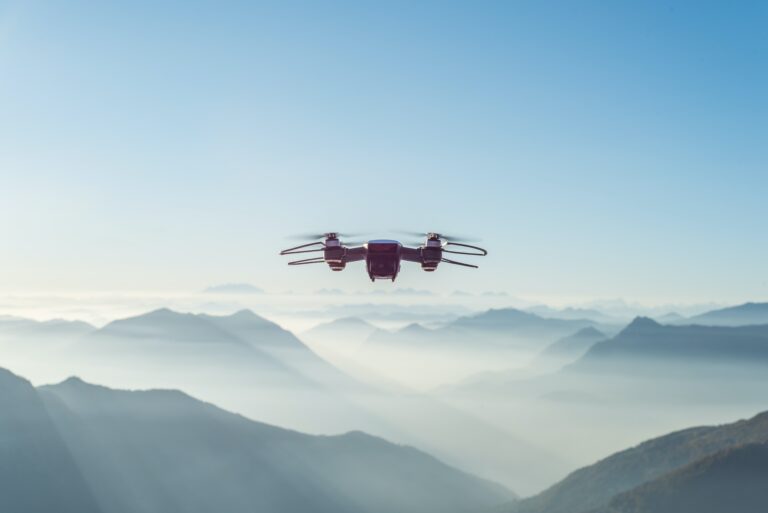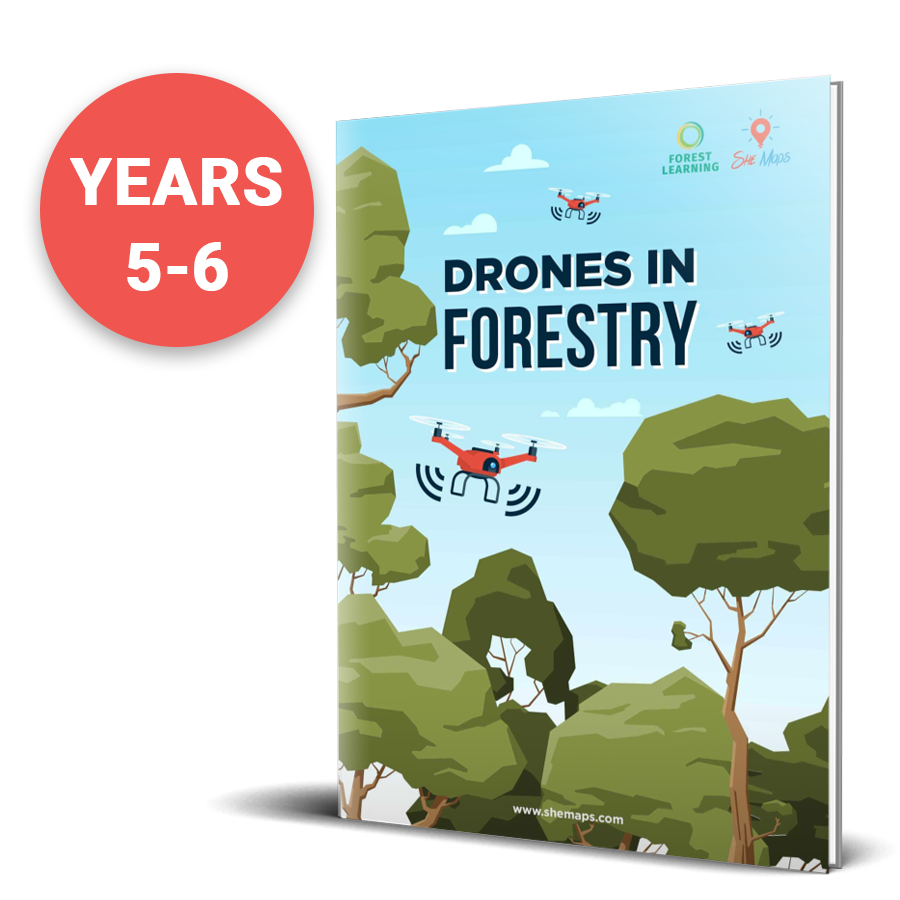Main Menu


When flying sub-2kg drones in remote locations outdoors, thorough planning is essential for a successful and safe mission. Make backup plans before you find yourself in a situation where you won’t have access to the internet. These plans should include flight schedules, data storage, additional technology, and even connecting with locals.
Wavell State High School joined Steve Goat from RISE Project Consulting to ask him a few questions about flying in remote locations as they are planning a field trip to Nauru in 2024.
Here are eight expert tips to help you navigate through remote locations with confidence:
Plan and save your flights in advance, when you have access to internet. This ensures you have all the necessary flights at your fingertips when you’re in your chosen location, especially if you’re offline.
Save all imagery on reliable hardware like SD cards, laptops, and hard drives for data storage. Don’t rely solely on cloud storage. But remember to upload to GeoNadir when you get back online for simple processing of your drone mapping data.
Maintain open and honest communication with the local community, especially the elders and landowners. This builds trust and helps define boundaries for your drone adventures including flights and transport to your identified location.
Bring along extra batteries, tablets, phones, and even an extra drone if possible. It’s a wise precaution in case of technical glitches if your budget and baggage allows.
Follow the CASA regulations in Australia. If you plan to fly in another country, find out about the civil aviation authority there and make sure you know and follow any local rules that may apply.
Use reputable drone safety apps to confirm if you’re cleared for takeoff in your chosen spot. If you’re unsure, reach out to local aviation authorities for guidance.
Establish contact with the local airport team. Understanding their schedule will help you determine when and where it’s safe to launch your drone.
Flying in remote locations means you are more susceptible to harsher weather. Have strategies in place to protect your equipment from higher or lower than expected temperatures, rain, wind, dust, etc. Check weather forecasts in the local area leading up to and on the day of the flight.

Photo by John Fowler on Unsplash
Title Photo by Alessio Soggetti on Unsplash
She Maps is Australia’s leading expert in drone and geospatial education.
She Maps assist schools with the purchasing of drones, school-industry created drone and geospatial teaching resources and highly supportive teacher professional development.
Ready to buy drones for your school? We are an authorised DJI reseller in Australia

Subscribe by email and never miss a blog post or announcement.

She Maps aims to bring much needed diversity and support to STEM. We do this by providing drone and geospatial programs to teachers and schools across the globe.
At She Maps we acknowledge the Traditional Custodians of Country throughout Australia and their connections to land, sea, and community. We pay our respect to their Elders past and present and extend that respect to all Aboriginal and Torres Strait Islander peoples today.
Aboriginal and Torres Strait Islander peoples are advised that this site may contain names, voices, or images of people who have passed away.
Take our resources for a spin and join the thousands of teachers who love our ready-to-teach classroom materials. Try one of our complete units of work for free.

